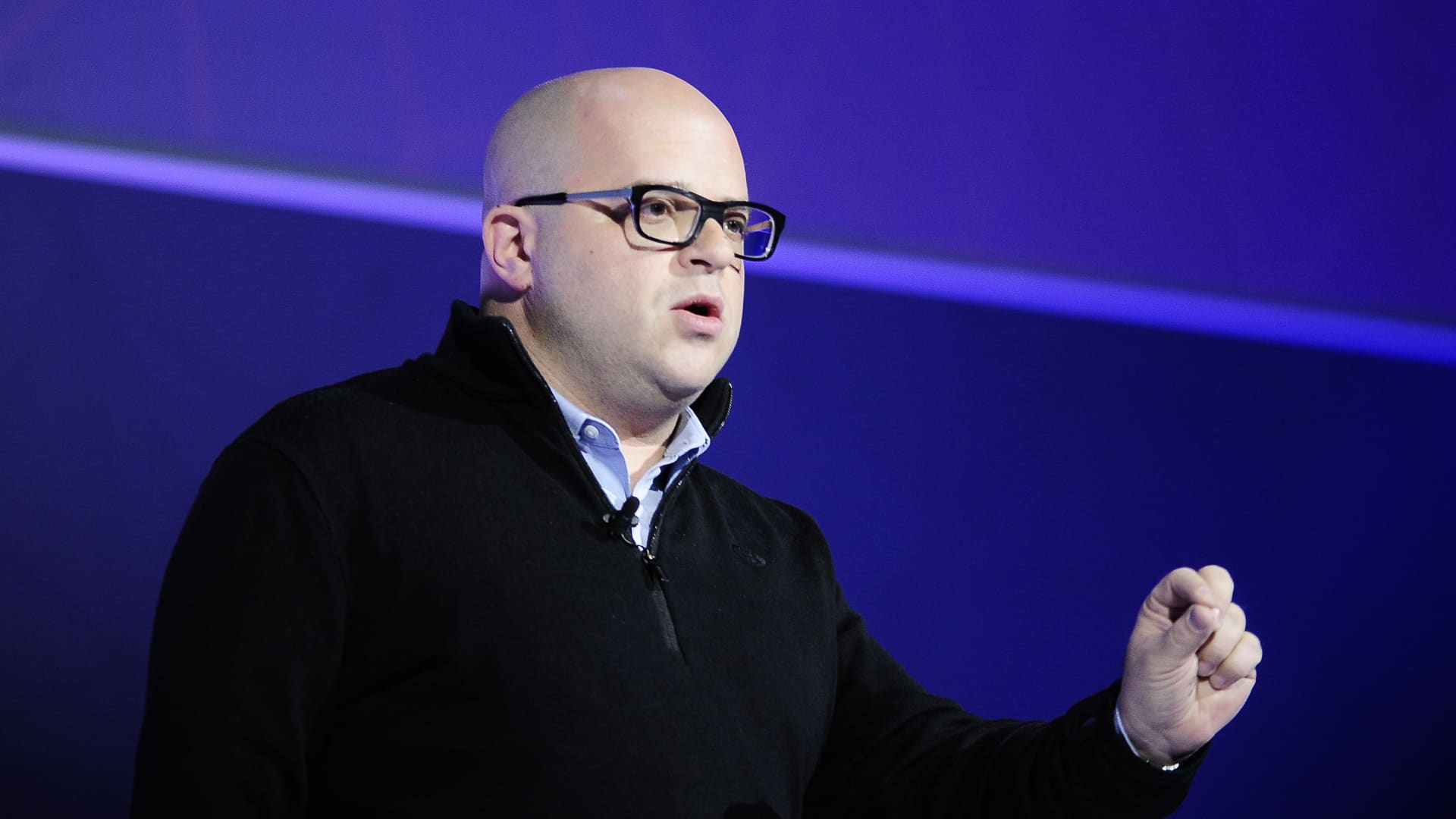Landing in a leadership role is a great accomplishment. Leadership gives you opportunities to advance both personally and professionally. On a personal level, you are able to influence those around you. On a professional level, you attain higher responsibilities for your department’s initiatives and become a motivational energy for the organization.
As a leader, providing solutions to challenges based on your experience and expertise is a gift you can provide your team. Along the way of your leadership journey, it will be helpful to reflect on your actions and evaluate where your leadership has excelled, where has it failed, and where you have infused knowledge into your team.
As you evaluate where you believe you’ve excelled, consider the ways in which your guidance has energized your team with efficiency and purpose. As you evaluate your opportunities for improvement, note what actions caused breakdowns and how you can rectify similar issues moving forward. While doing so, outline each person impacted by your actions, as well as their energy level. This includes your own energy level. Your leadership strategies can bring you joy and passion in your role, yet it’s also important to note where your actions might be draining as opposed to energizing you. After all, your energy, whether you realize it or not, directly impacts your team and those around you.
Here are three curiosity-led strategies to use for motivating your team and reclaiming your energy:
1. Focus on the solution vs. how your team arrives at it.
Your role as a leader is directly tied to your department’s and overall organization’s success. This naturally obliges you to make the right choices when faced with any decision. The challenge, however, is that while your solutions may work for you, they don’t necessarily work for every one on the team.
Detaching yourself from how your team arrives at an end solution is a meaningful strategy for building confidence in your team. Allowing your team to design its own route to success enables you to repurpose your energy to lead versus manage.
You will still provide the team with guidance based on your experience to help ensure it arrives at an effective end solution. At the same time, let team members know that you’re open to their creative input and welcome their own personal spin on the issue while emphasizing the end goal and due date. Ensure they know that they have your support if any questions arise. If you notice areas of opportunity in their approach, lead with curiosity to learn why they chose their actions, yet still allowing them to see where they can make adjustments to enhance their energy and approach.
2. Respond with questions vs. answers.
It’s completely natural to provide an answer when asked a question. As a leader, you may have already experienced many of the same challenges your team faces, and providing an answer on the spot seems the easiest and fastest way to address an urgent issue. But what happens when you’re asked the same question over and over again? Notice your shift in energy from excitement to frustration.
To refrain from providing answers to every question posed, respond with a question rather than an answer. When you solve someone’s problem, you take away the opportunity for your team member to learn and grow.
Lead with questions to help your team members find their own answers. Your questions will help them examine the best solution from their own point of view and raise their energy level from knowing they have the agency to find their own answers.
3. Inspire your team to present solutions with their challenges.
As employees practice finding their own answers through your leadership questions, they’ll gain confidence and more energy in offering possible solutions to challenges that arise. Inspire your team to present any number of viable solutions they have by allowing them space to be creative, fail and eventually find the best solution.
Provide your team with a structure to ensure alignment on expectations. In this way, they understand your thinking, as well as how their solution impacts larger initiatives across the organization.
In your leadership role, leading with curiosity will not only instill confidence and positive energy in your employees, it will provide you with more time and energy to infuse excitement into your own work.























































![5 Ways to Improve Your LinkedIn Marketing Efforts in 2025 [Infographic] 5 Ways to Improve Your LinkedIn Marketing Efforts in 2025 [Infographic]](https://imgproxy.divecdn.com/Hv-m77iIkXSAtB3IEwA3XAuouMwkZApIeDGDnLy5Yhs/g:ce/rs:fit:770:435/Z3M6Ly9kaXZlc2l0ZS1zdG9yYWdlL2RpdmVpbWFnZS9saW5rZWRpbl9zdHJhdGVneV9pbmZvMi5wbmc=.webp)













![20 Predictions for Social Media in 2025 [Infographic] 20 Predictions for Social Media in 2025 [Infographic]](https://imgproxy.divecdn.com/HMVhRh2JvYwAse_QsxNWdYtb_Of31-oCF2OnUe4eZqA/g:ce/rs:fit:770:435/Z3M6Ly9kaXZlc2l0ZS1zdG9yYWdlL2RpdmVpbWFnZS9zb2NpYWxfbWVkaWFfdHJlbmRzXzIwMjVfMi5wbmc=.webp)


